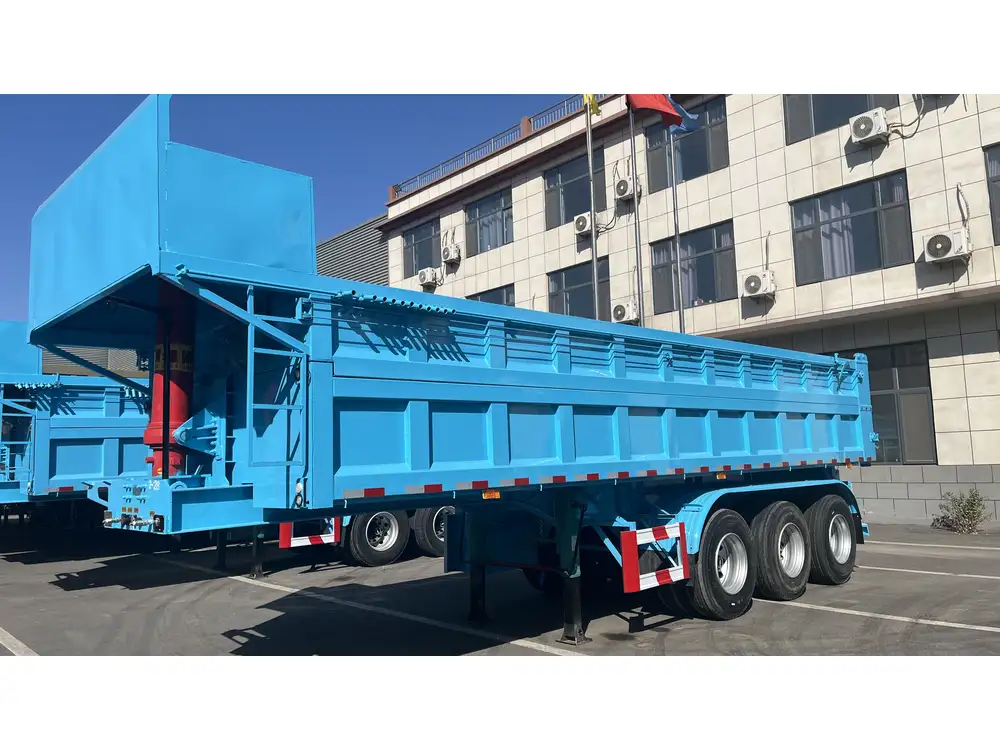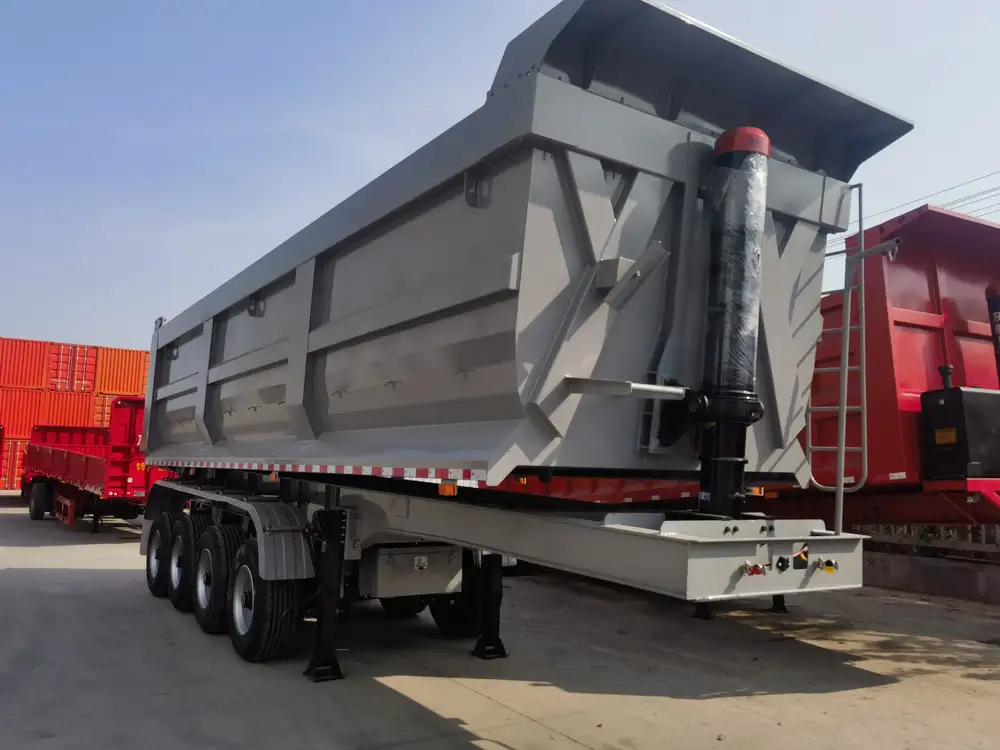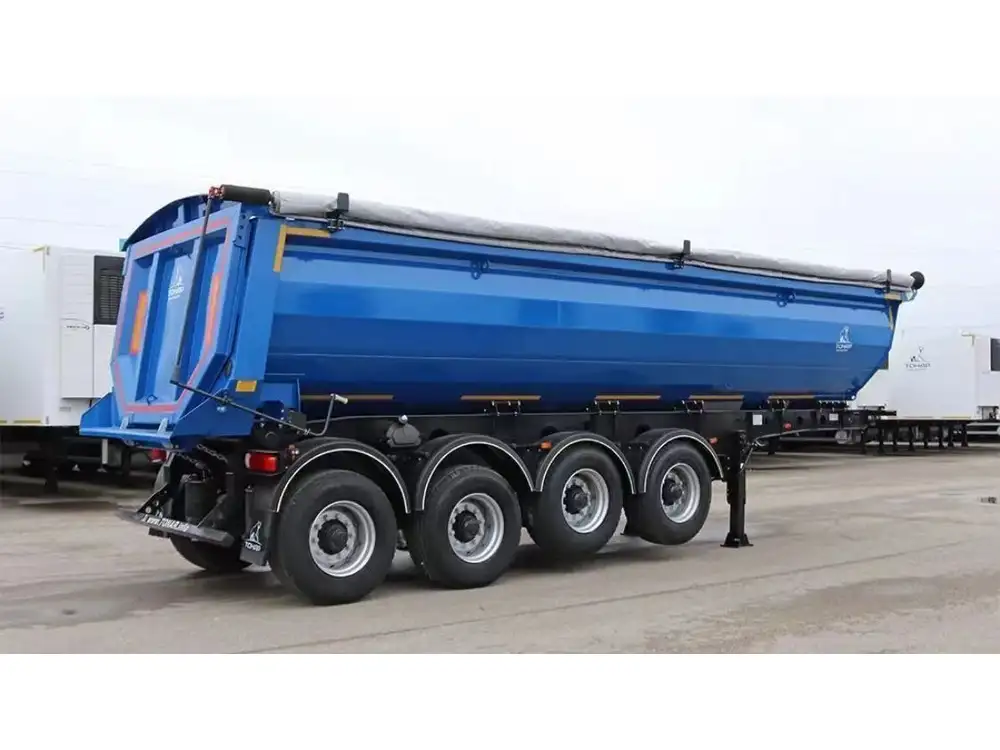When venturing into the landscape of cargo transportation, one must inevitably confront the question – how high can you load freight on a flatbed trailer? This inquiry encompasses not only adherence to legal limits but also the safety and efficiency of freight handling. In this article, we delve deep into understanding the various factors influencing the load capacity of flatbed trailers, ensuring you make informed decisions in your logistical operations.
What is a Flatbed Trailer?
Definition and Characteristics
Flatbed trailers are uniquely designed vehicles utilized in the transportation of heavy and oversized freight that require easy loading and unloading. Unlike enclosed trailers, flatbed versions provide a flat platform and no sides or roof, facilitating flexibility in cargo positioning. Their key characteristics include:
| Feature | Description |
|---|---|
| Design | A level platform without sides or a roof, promoting versatility. |
| Loading Methods | Can load freight from any side, maximizing convenience. |
| Weight Capacity | Varies based on construction and materials—typically ranges from 48,000 to 65,000 lbs. |

Key Factors Affecting Load Capacity
To determine the maximum height for freight on a flatbed trailer, several variables must be taken into account:
1. Trailer Specifications
The load capacity primarily hinges on the type and specifications of the flatbed trailer you are operating. Common configurations include:
- Standard Flatbed: Generally has a maximum weight capacity of 48,000 to 65,000 lbs.
- Step Deck Trailer: Designed for taller cargo, permitting a maximum height of approximately 10 feet.
- Double Drop Deck Trailer: Offers maximum clearance for oversized loads, allowing up to 12 feet in height.
2. Regulatory Compliance
Each state enforces its own set of regulations regarding weight limits and height restrictions for transportation. In the United States, federal law stipulates height limitations of 13.5 to 14 feet for vehicles. It is crucial to familiarize yourself with specific state regulations, as they can vary significantly.

3. Weight Distribution
How you distribute the load on a flatbed trailer can dramatically affect its stability and safety. Correct weight distribution is paramount to prevent tipping or rollovers. Key considerations include:
- Center of Gravity (CoG): Ensure the load’s CoG remains as low as possible, typically centered.
- Load Securing: Utilize straps, chains, and binders to adequately secure the load.
4. Trailer Type and Axle Configurations
Different types of trailers and axle configurations present various limits and capabilities:
| Trailer Type | Max Load Capacity | Typical Max Freight Height |
|---|---|---|
| Standard Flatbed | 48,000 – 65,000 lbs | Up to 8.5 ft |
| Drop Deck Trailer | 48,000 – 65,000 lbs | Up to 10 ft |
| Double Drop Deck | 48,000 – 65,000 lbs | Up to 12 ft |
5. Material of the Freight
Certain materials, particularly those that are rigid or have specific diameters, may not be stackable, thus limiting how high cargo can be stacked on the trailer.

Load Height Restrictions
Understanding Legal Limits
As a fundamental component of freight transportation, understanding load height limits is paramount. Overloading, both in weight and height, can incur severe penalties and safety hazards. In general:
- Federal Height Regulations: Must not exceed 13.5 feet in most jurisdictions.
- Special Permits: Allows the transport of loads exceeding height restrictions through specified routes.
Load Stability and Safety Considerations

Importance of Securing Loads
Properly secured loads are pivotal in preventing accidents during transportation. Employing appropriate securing techniques, such as:
- Tensioning Straps: These help maintain load stability.
- Chains: Heavy-duty chains may be necessary for particularly large or heavy cargo.
- Block and Brace: A method utilising wooden blocks or padding to prevent cargo movement.
Weight Distribution Schemes
For optimal weight distribution, use the following guidelines:
- Positioning: Keep heavier items closer to the trailer’s axles.
- Level Loading: Distribute weight evenly across the trailer.
- Load Height: As mentioned previously, the optimum height is essential; loads should not exceed legal limits.
Practical Tips for High Load Transport

Preparing for High Loads
Adequate preparation for transporting high loads is necessary to enhance safety and efficiency. Consider these steps:
- Pre-Trip Inspections: Regular checks on tires, brakes, and securing mechanisms.
- Route Planning: Map routes that accommodate height specifications; avoid low-hanging structures such as bridges.
Load Heights in Relation to Freight Types
Different types of freight will influence how high you can load. For instance:
- Construction Equipment: Heavy machinery often requires special transport considerations.
- Building Materials: Lights and objects that can be stacked may create different height allowances.
Innovative Load Management Techniques
Using technology can help optimize load heights and distribution:
- Load Calculators: Employ digital tools or applications to calculate load requirements based on trailer specifications and cargo type.
- Weight Sensors: Integrate onboard weighing systems to monitor real-time load capacities.

Best Practices for Flatbed Trailer Freight Transport
Engage with Experienced Personnel
Consult experienced freight carriers who specialize in transporting heavy loads. They will have invaluable knowledge about height limitations, load management practices, and state-specific regulations.
Refine Your Load Strategy
Prioritize refining your approach to loading and transporting through continuous learning and adaptation. Key areas to focus on include:
- Understanding new materials and freight types.
- Emphasizing technological advancements to improve efficiency and safety.

Case Studies of Compliance and Best Practices
Incorporating case studies can serve as a powerful tool for understanding variances in load transport successes and failures. For instance, several logistics firms have significantly reduced load-related incidents through innovations in securing technologies.
Continuous Education and Training
Regular training for operators to stay up to date on regulations, best practices, and securing techniques can contribute to safer transport.
Conclusion
In conclusion, understanding how high you can load freight on a flatbed trailer involves a multifaceted approach blending regulatory knowledge, excellent operational practices, and keen load management. Assessing all of these intertwining factors will ensure that your logistics operations not only comply with legal mandates but are also set up for success – maximizing efficiency, ensuring safety, and optimizing delivery outcomes. By following the guidelines and insights provided in this detailed overview, you will be better equipped to navigate the complexities of flatbed trailer freight transport. Implementing these strategies will help you elevate your logistics operations, paving the way for greater success in freight transportation.



